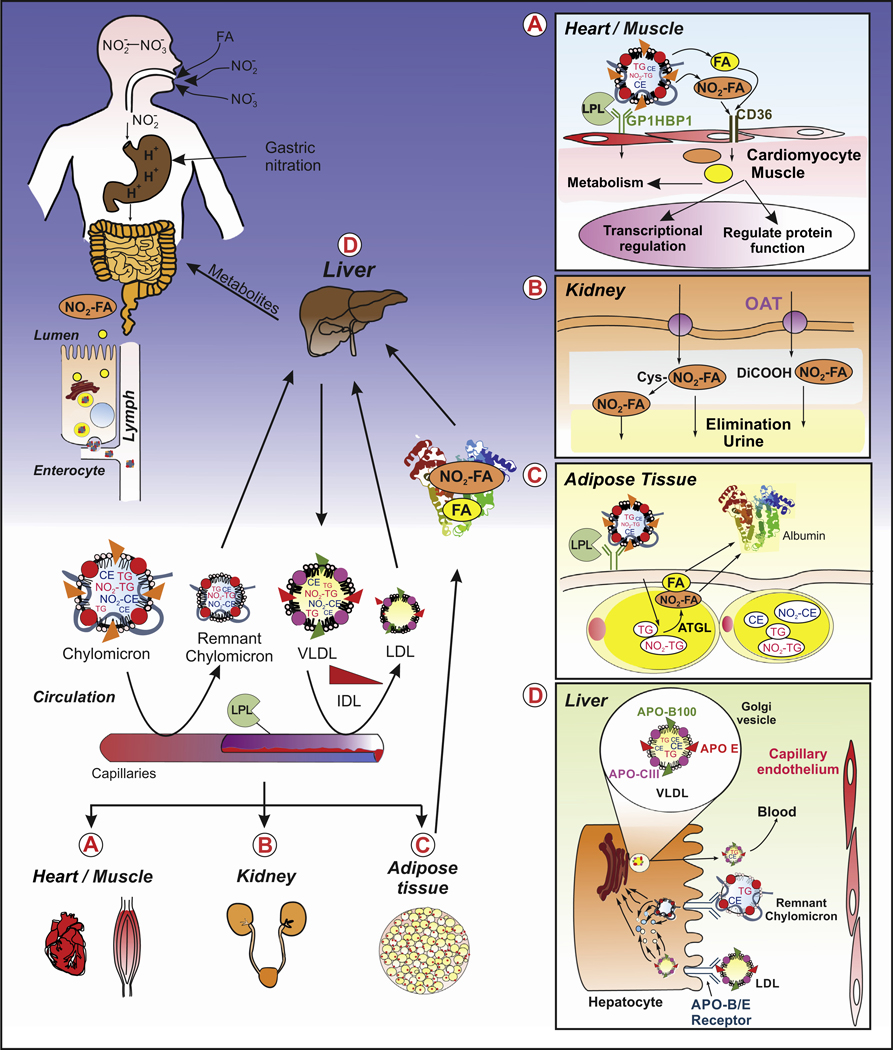Figure 3. Formation and Biodistribution of NO2-FA.
NO2-CLA formation is promoted under the acidic conditions found in the stomach through the reaction of dietary nitrite-derived radicals and CLA (usually found esterified in triglycerides). For therapeutic purposes, NO2-FAs can also be administered orally as a drug as is the case for CXA-10 (Complexa Inc. – currently undergoing Phase II clinical trials). Through the activity of lipases, triglycerides are hydrolyzed and NO2-FAs are released and absorbed together with other FAs by enterocytes, packed into chylomicrons as triglycerides and moved into the circulation via the lymphatic system. (A) Once the chylomicrons reach the capillaries, the NO2-FAs are cleaved off the triglycerides by the activity of lipoprotein lipases in a process that requires the presence of docking protein GPIHBP1. The released NO2-FAs can bind to fatty acid transporters (e.g., CD36) or diffuse into the endothelial cells and reach the parenchymal cells, such as cardiomyocytes. Heart, kidney, muscle, liver, and adipose tissue are among the main targets. Once the NO2-FAs reach the target cells, they participate in signaling pathways via post-translational modifications of proteins, are metabolized, and then enzymatically inactivated. (B) Hydrophilic metabolites of NO2-Fas, including dicarboxylic acid derivatives, β-oxidation products, mercapturic acids, and cysteine adducts, are filtered in the kidney and eliminated in the urine. (C) NO2-FAs that reach the adipose tissue are re-esterified into triglycerides for storage. Degradation products formed during tissue metabolism and NO2-FAs released from adipocytes through ATGL activity reach the circulation where they bind to albumin and are transported and delivered to the liver for excretion or filtered into urine by the kidneys. (D) Alternatively, NO2-FAs that reach the liver can be reincorporated into triglycerides, assembled in the endoplasmic reticulum and Golgi compartments into VLDL particles, and mature VLDL particles containing Apo B, E, andCIII released to circulation and distributed systemically to target tissues. This initiates a new cycle of delivery, signaling, inactivation, metabolism, and elimination. Finally, the liver clears remaining LDL particles and remnant chylomicrons through selective uptake and breakdown. Abbreviations: Apo, apolipoprotein; ATGL, adipose triglyceride lipase; GPIHBP1, glycosylphosphatidylinositol-anchored high-density lipoprotein-binding protein 1; IDL, intermediate density lipoprotein; LDL, low density lipoprotein; LPL, lipoprotein lipase; NO2-CLA, nitro-conjugated linoleic acid; NO2-FA, nitro-fatty acid; OAT, ; TG, triglyceride; VLDL, very low density lipoprotein.

